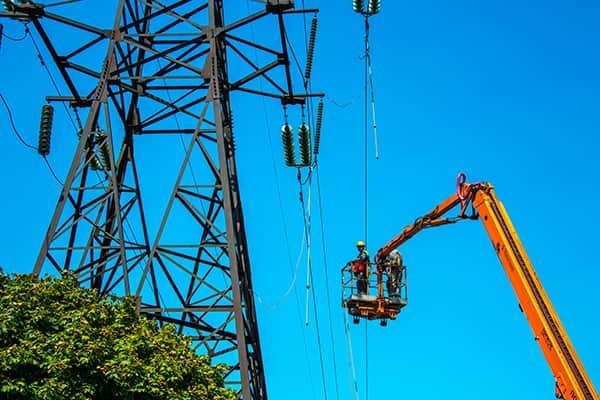
Oct 05, 2022
In the past, Chapter 8 of the NEC has not gotten the attention it deserves. Article 800, General Requirements for Communications Systems, sets the ground rules for the installation of specific types of systems, such as broadband communications systems.

Aug 31, 2022
Here's how the 2020 NEC Article 712 has changed and expanded the identification requirements for microgrids and system directories.

Jul 25, 2022
Here's a look at how the 2020 NEC has changed when it comes to electric vehicle charging in residential garages, and what changes may lie ahead in 2023!

Jul 06, 2022
Modular office furnishings present a special set of electrical hazards and requirements. To ensure a safe and functional installation, it's vital for electrical professionals to familiarize themselves with these requirements.
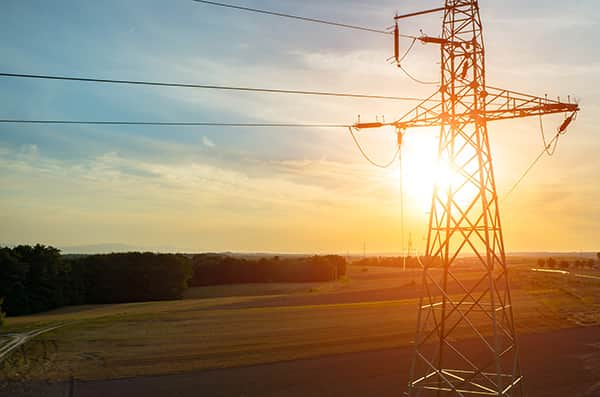
Jun 04, 2022
Let’s take a closer look at Article 230 and the NEC 2020 Code changes, which covers service conductors and equipment for control and protection of services.
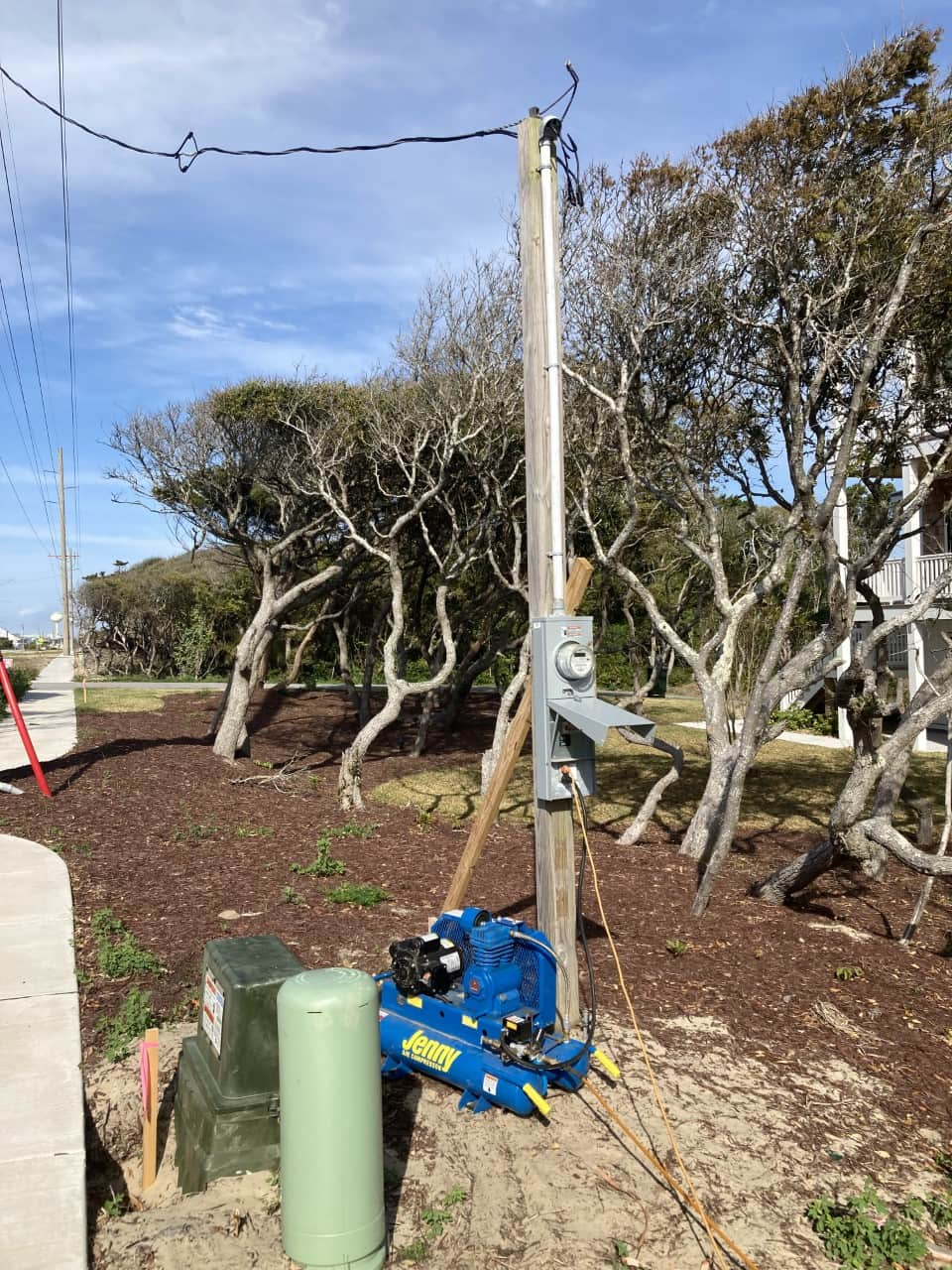
Jun 03, 2022
Because temporary electrical installations present a special set of hazards, they have their own Article in the NEC. Read more to learn about how to safely reinstall previously used services, parts, or components in a temporary installation.

May 05, 2022
What Changed in 2020 NEC, Article 710? Read on to learn about code changes and additions related to stand-alone power systems.
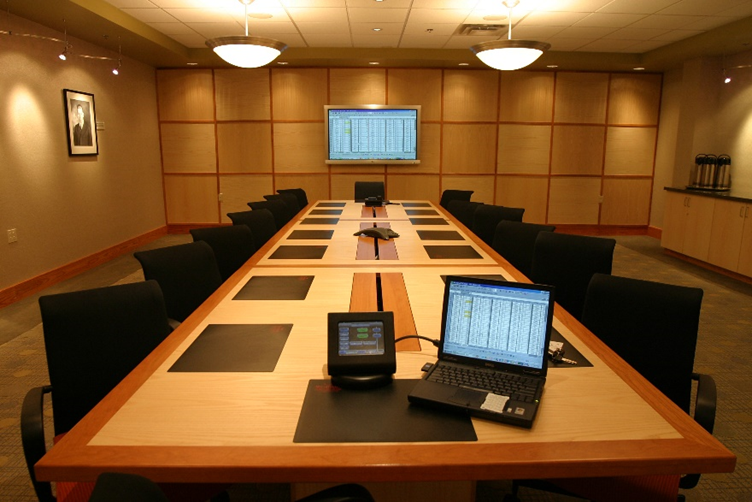
Apr 03, 2022
Where do National Electrical Code changes come from? This blog covers how changes happen as well as how to submit code changes!

Mar 03, 2022
How have service equipment barrier requirements changed for the 2020 NEC? And why were the changes made in the first place? Read on to find out!

Feb 10, 2022
It is difficult to go for a drive or to a shopping center and not notice the prevalence of CBD products available, since many states have legalized or decriminalized CBD, hemp, and even marijuana for use as medicine or recreation. Regardless of how you may feel about their use, large-scale...

Jan 11, 2022
Get 4 hours of electrical continuing education for Iowa - Join us from the comfort of your own home for a continuing education webinar covering 2020 NEC Changes.

Jan 05, 2022
Electrical professionals understand that the purpose of the Code is the practical safeguarding of persons and property from hazards arising from the use of electricity. The average homeowner knows that electricity is dangerous and stays away from bare wires. But does the average homeowner know that their lighting fixture could...

Dec 06, 2021
Electric vehicles are likely here to stay, but they are a rapidly evolving technology. Lighter lithium-ion type batteries have made electric cars, bicycles, motorcycles, and more, a reality. The code-making panels have significantly revised Article 625 for the 2020 National Electrical Code (NEC) to regulate the safety of electric vehicle...

Nov 03, 2021
Lighting retrofit kits are immensely popular, due to the availability of high-efficiency lighting options that can reduce power consumption quite drastically. The 2020 edition of the National Electrical Code (NEC) has added a new Section to help us deal with these kits, Section 600.35. What are the important things for...

Jun 02, 2021
Electrical contractors come in a wide variety of sizes. Top electrical contractors employ thousands of people and gross hundreds of millions of dollars. Electrical safety is the number one priority, whether you are a large electrical contractor or a six-man shop. Or, is it? Does a two-million-dollar contractor have the same budget and resources as say, a twenty-million-dollar contractor? There are vast differences in electrical safety procedures based on company sizes. Remember, safety starts with you! Whether your employer is big or small, you need to be proactive about safety. Here are some tips on how to stay safe.
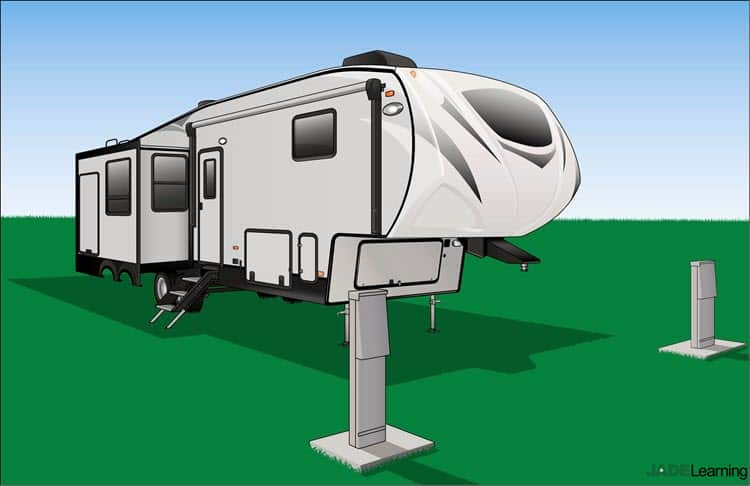
Jun 02, 2021
We are going to examine a TIA issued for the 2020 NEC regarding GFCI protection for recreational vehicle (RV) parks, covered in Article 551 of the NEC. The popularity of RVs continues to increase, especially during the pandemic. We also know that GFCI protection continues to be expanded with each successive code cycle. This TIA was published to clarify where protection is required in an RV park. Read more from our blog!
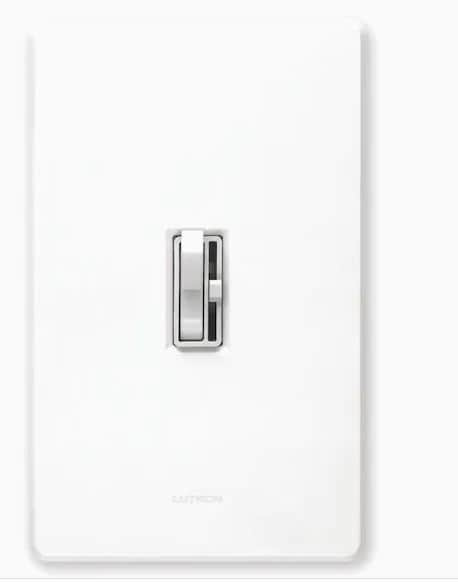
Jun 02, 2021
To reduce power consumption and keep the electric bill in check, many people install lighting dimmers. Let’s look into the difference in savings using dimmers in the past versus using dimmers today and then decide if they are still a money saver. Read more from our blog!
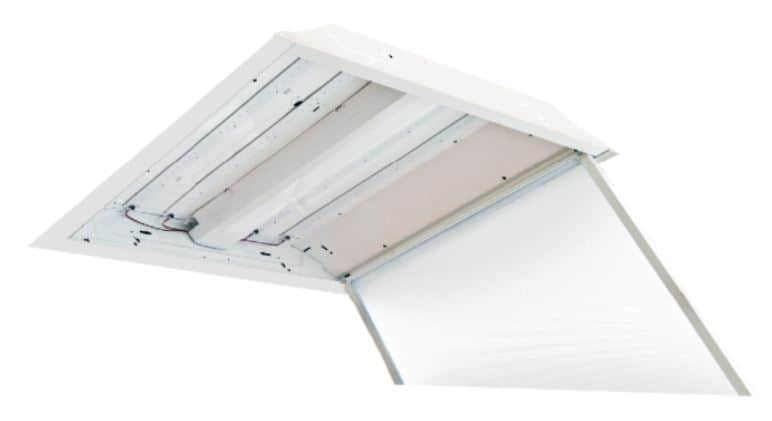
Jun 02, 2021
Provisions and requirements for the reconditioning of equipment have been added to multiple sections of the 2020 NEC. Panelboards, switchboards, and circuit breakers, to name a few, can be reconditioned according to specific Code requirements. Read more about the definition for reconditioned has also been added to Article 100 from our blog!
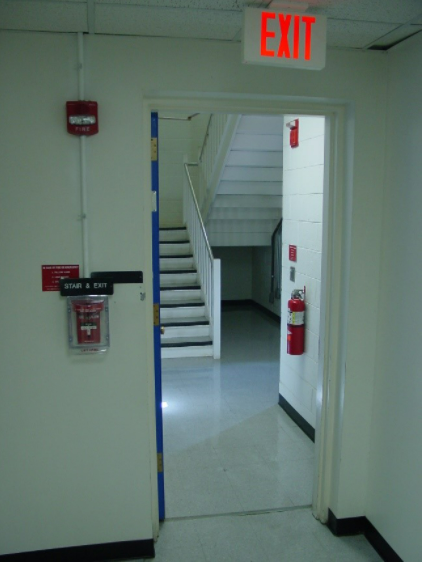
Jun 02, 2021
NEC section 300.25, General Requirements for Wiring Methods and Materials is new for the 2020 Code cycle. This section regulates wiring located in Vertical Exit Enclosures, also known as stair towers. The new 2020 NEC section restricts the installation of any wiring method within an exit enclosure separated from the building by fire-resistant construction, except for that wiring belonging to equipment in the exit enclosure. Prevent costly design and installation errors—read more from our blog!
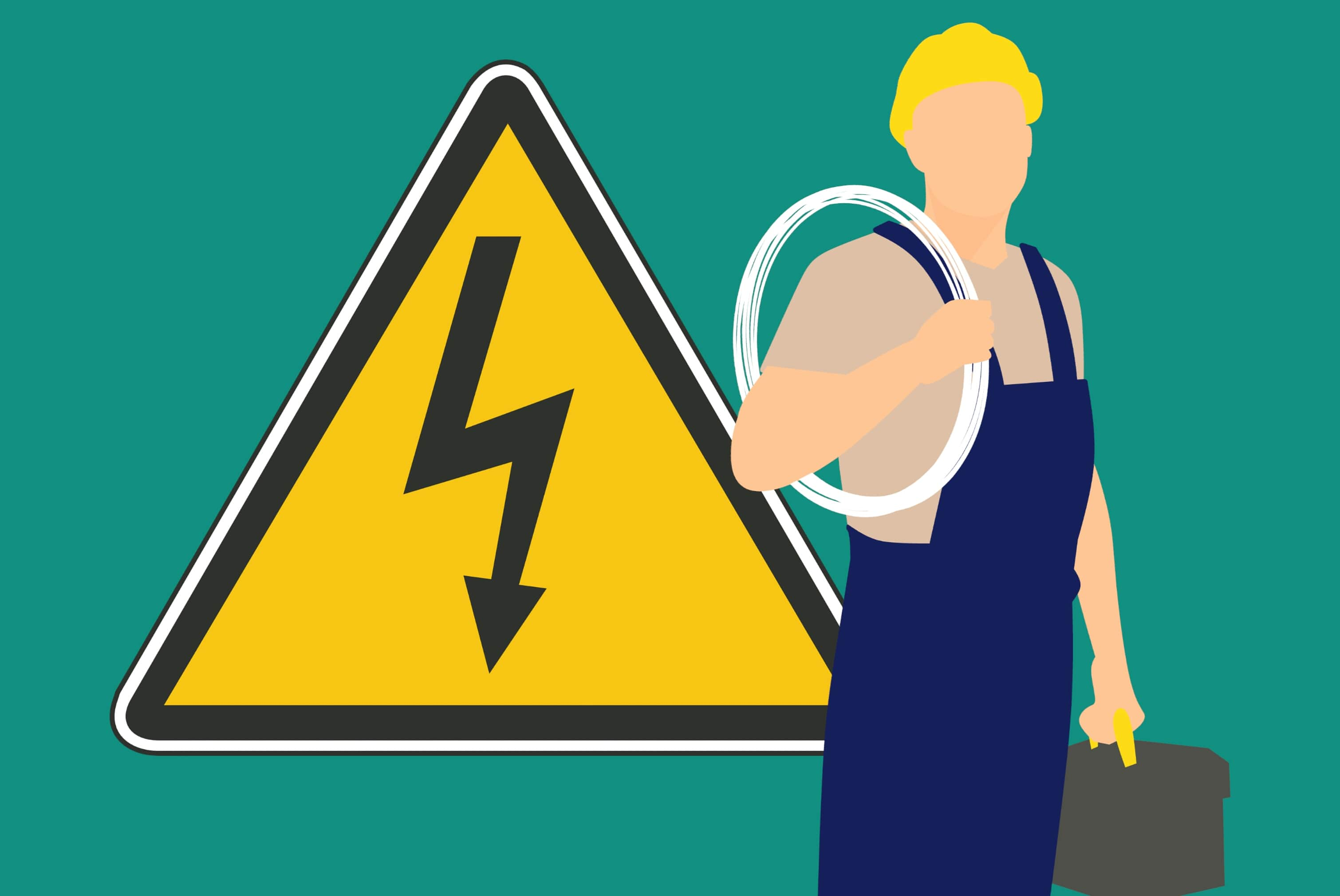
Jun 02, 2021
Your many years of field experience and your dedication to exam preparation have enabled you to pass your test. Your dream of financial freedom by owning your own electrical business is about to get started. Now what options do you have?
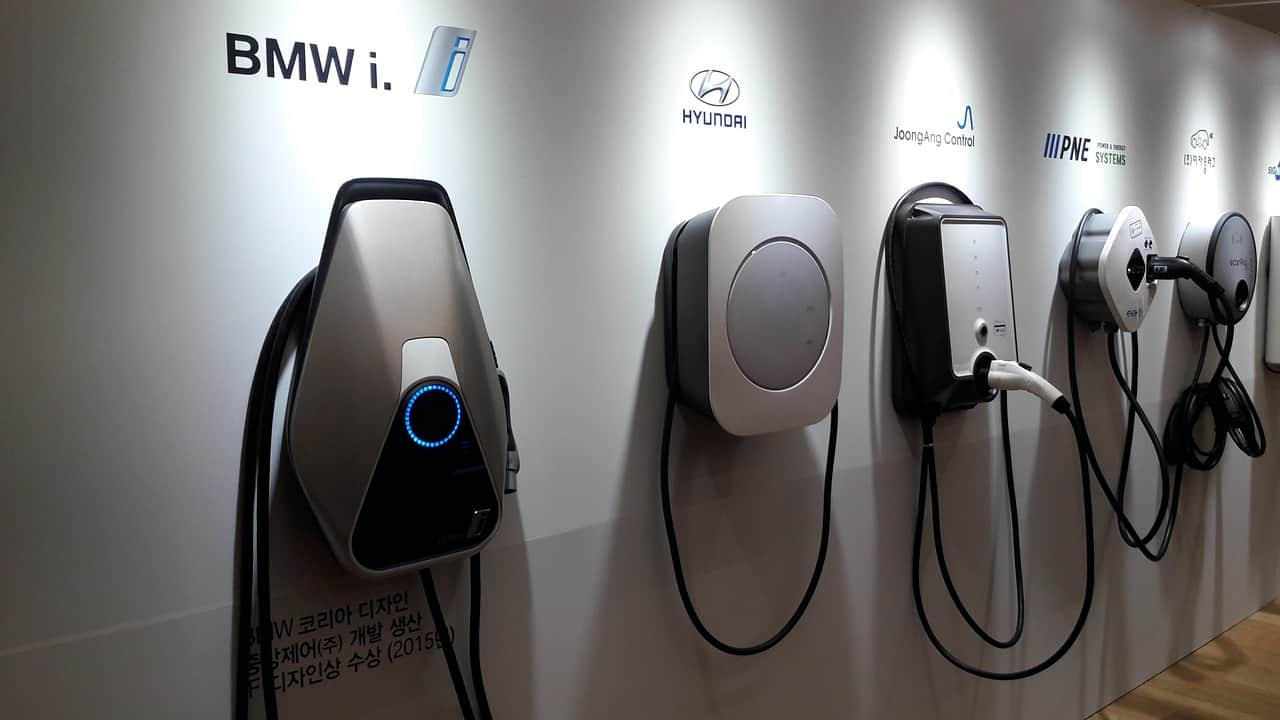
Jun 02, 2021
The popularity of electric vehicles continues to increase. How can the National Electrical Code have jurisdictional authority over the outlets in a car? What constitutes an electric vehicle, and are hybrids like Toyota’s popular Prius included? Finally, what are the specific requirements? Read more from our blog!

Jun 02, 2021
Article 250 is arguably the most important article in NEC 70, and much of its content is devoted to the proper sizing and installation of equipment grounding conductors. First, let us consider the purpose of an equipment grounding conductor (EGC). We know that EGC’s provide a low impedance path from the equipment to the overcurrent protective device (or ground detector for high-impedance grounded systems) so that a fault condition can be quickly cleared. Hence, EGC’s are a critically important safeguard to persons and equipment.

May 05, 2021
By the time the company makes it to the job site, considerable time and money have already been spent on the project. The electrical foreman has many responsibilities and can single-handedly be the cause of a failed project. The foreman needs to be the National Electrical Code guru, assistant to the Project Manager, Human Resources liaison, team coach, and much more. Like other positions in the field, the electrical foreman needs continuous training to keep on top of the game. Here are four easy steps for managing an electrical job site.
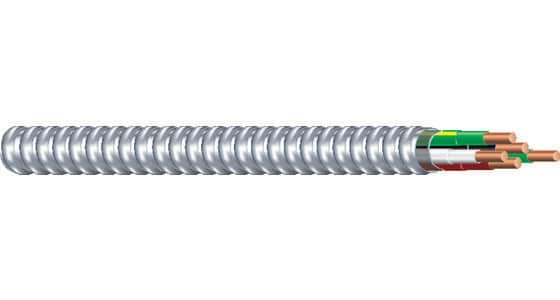
Mar 25, 2021
Metal-Clad (MC) Cable is used every day in the electrical industry. The true conduit benders hate it. The value engineering people love it. MC Cable is really a great product, has a wide variety of uses, and can be installed to look good. Let’s take a closer look at this industry workhorse: Metal-Clad Cable. MC Cable Definition MC Cable, by most common definition, is a factory assembly of one or more insulated circuit conductors enclosed in an armor of interlocking metal tape or a smooth or corrugated metal sheath. The smaller cables should be unsheathed by using an armored cutter like the famous “Roto-Split”. The fittings must be listed and identified for use. If the manufacturer provides anti-short bushings, they can be used. The bushings are not an NEC requirement since the listed MC connectors provide the conductor protection from sharp edges.

Mar 25, 2021
Have you ever compared your NFPA 70 book with a colleague and found that there were differences, though both books were the same edition of the NEC? We know that we receive a new edition of the NEC every three years, but how does the Code change between cycles?
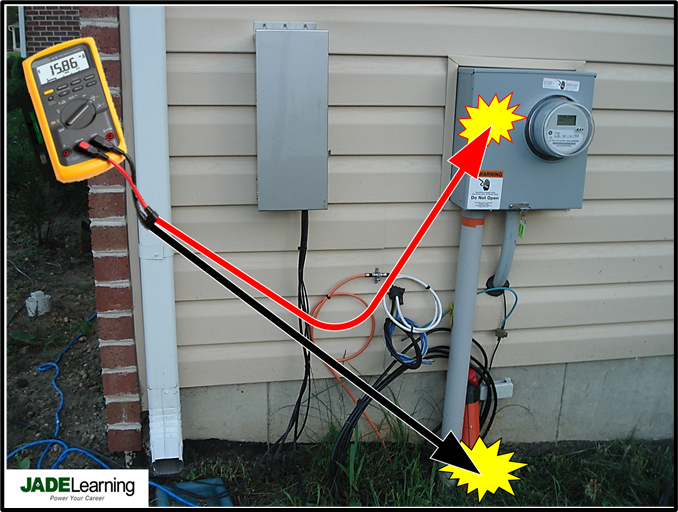
Mar 02, 2021
If you turn to Section 250.122 in your NEC, you find information that has assisted electricians sizing equipment grounding conductors (EGC) for longer than most electricians have even been twisting wire. If you were on the job in 1968, you would have turned to Table 250.95 in your NEC for this information instead of Table 250.122, but the information was essentially the same. In 1968 you also would have found that an ungrounded (hot) branch circuit conductor protected by a 6000-amp overcurrent device required no less than a 1200 kcmil aluminum equipment grounding conductor... assuming you were using an aluminum equipment grounding conductor. That information remained unchanged for 50 years. But as the saying goes, “All good things must come to an end.”

Mar 02, 2021
Underground electrical installations can save labor hours, material costs, and provide protection to the installation. Sometimes going underground is the only logical path to get service from one point to another whether new construction or remodel work. Overall, there are not many electrical projects that don’t require a little digging in the dirt at some point. Let’s dust off the National Electrical Code (NEC) and review some Code pertaining to burial depths and standard operating procedures.
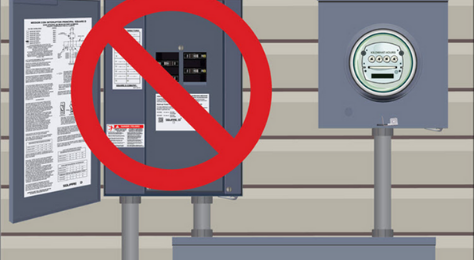
Feb 01, 2021
NEC Section 230.71. Six Switches or Circuit Breakers in One Enclosure. Since the 1937 edition of the NEC, the service disconnecting means used to isolate a building’s premises wiring from the utility provider’s conductors has been allowed to consist of as few as one, but as many as six switches or sets of circuit breakers. A veteran electrician would tell you that requirement (or permission, depending on your perspective) means six throws of the hand can be used to control all power on the property. Our veteran electrician is correct - if there is one electrical service on the property.

Feb 01, 2021
Under Floor Electric Cable and Cable Mat Systems are a great way to warm or even heat a space. These systems can be a supplemental or even a main source of heat in a variety of rooms. The systems can be installed under many types of floors such as tile, wood, concrete, vinyl, and even carpet. The manufacturers offer a variety or pre-engineered packaged units and even piece-by-piece options. The manufacturer’s step-by-step installation instructions must be used to install the heating cables, mats, spacers, thermostats, and other associated equipment. The instructions will also point us in the right direction as far as the branch circuit size but will most likely not give all of the needed information.
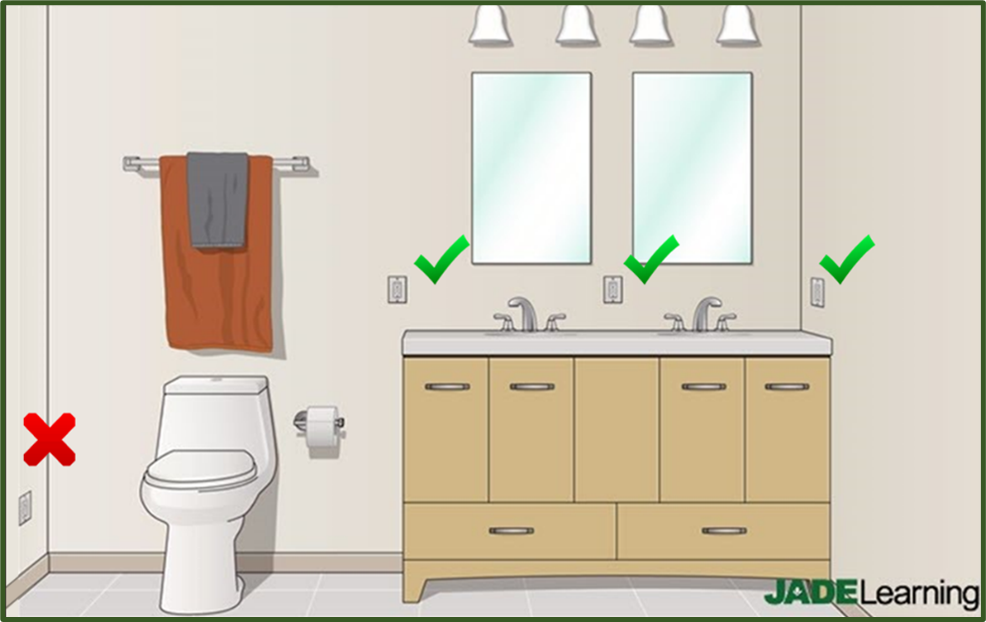
Jan 06, 2021
Bathroom branch circuit requirements have changed for the 2020 Code cycle. The one 20-amp branch circuit traditionally required by NEC Section 210.11(C)(3) to feed only receptacles in dwelling unit bathroom(s) is now restricted to feeding only countertop receptacles in those same bathroom(s). The receptacles permitted on this newly defined branch circuit include any countertop receptacles required to be within 3 feet of the bathroom’s sink basin and any other receptacle(s) installed to serve countertops or similar work surfaces in these bathroom(s).
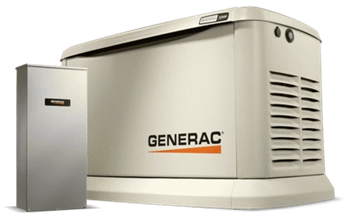
Jan 06, 2021
The need for a residential backup generator can vary in different areas of the country. The generator size and installation technique can also vary depending on your level of needed convenience and budget. Let’s take a look at a few different generator installation packages so you can decide what could be the best option for you and your family.
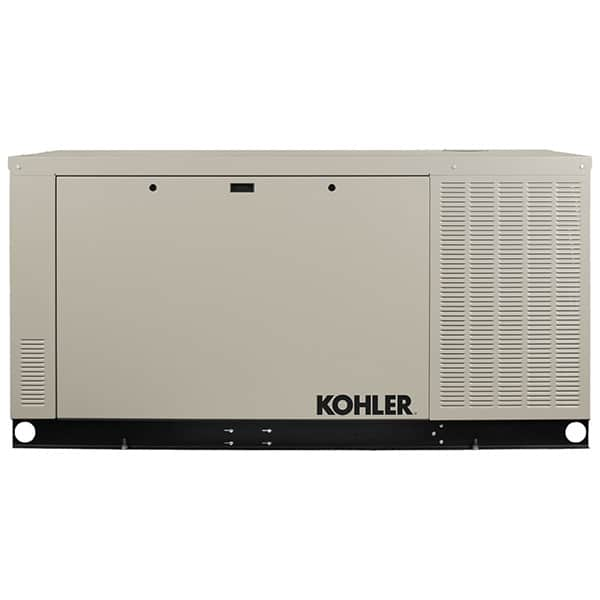
Dec 02, 2020
Chapter 7 of the 2020 National Electrical Code (NEC), also known as NFPA 70, covers special conditions and their specific requirements. These requirements modify the general requirements found in Chapters 1-4. Article 700 covers emergency systems, such as hospitals or similar settings where a power outage would put lives in jeopardy. Article 701 covers legally required standby systems and Article 702 covers optional standby systems.

Dec 02, 2020
The 2020 National Electrical Code (NEC) has ushered in a brand-new method for determining the number of receptacle outlets required to serve island countertops; peninsular countertops; and work surfaces located in kitchens, pantries, breakfast rooms, dining rooms, and similar areas of a dwelling unit.

Nov 03, 2020
If you are an electrical contractor that has ever wired a room addition, you will likely be familiar with this process. Before ever attempting to provide an estimate, you must first determine how to get power from the home’s existing breaker panel to the new lighting and receptacle outlets in the addition. Bidding the individual outlets for the new addition is relatively easy, but bidding power to feed them can take some investigation and imagination.

Oct 05, 2020
The 2020 Code Making Panel (CMP) has revised the 2017 NEC rules regarding receptacles serving dwelling unit balconies, decks, and porches - specifically, the requirement that an accessible outdoor receptacle must be installed to serve attached balconies, decks, and porches. The revised Code now requires that a receptacle be installed to serve the balcony, deck, or porch when the balcony, deck, or porch is within 4 inches of the dwelling unit. If the balcony, deck, or porch is within 4 inches of the dwelling, the 2020 NEC considers that close enough so that it now requires a general use 120-volt receptacle.

Sep 09, 2020
In the electrical industry we sometimes see the term “lead man”. This “leader of men”, or foreman, is the key to a successful project and a successful company. This person can be the most difficult employee to find and the most important person in the field. Today’s company must be prepared and knowledgeable about the foreman hiring processes in order to capitalize on today’s booming electrical industry. Let’s look at how to find your next lead man - your foreman.
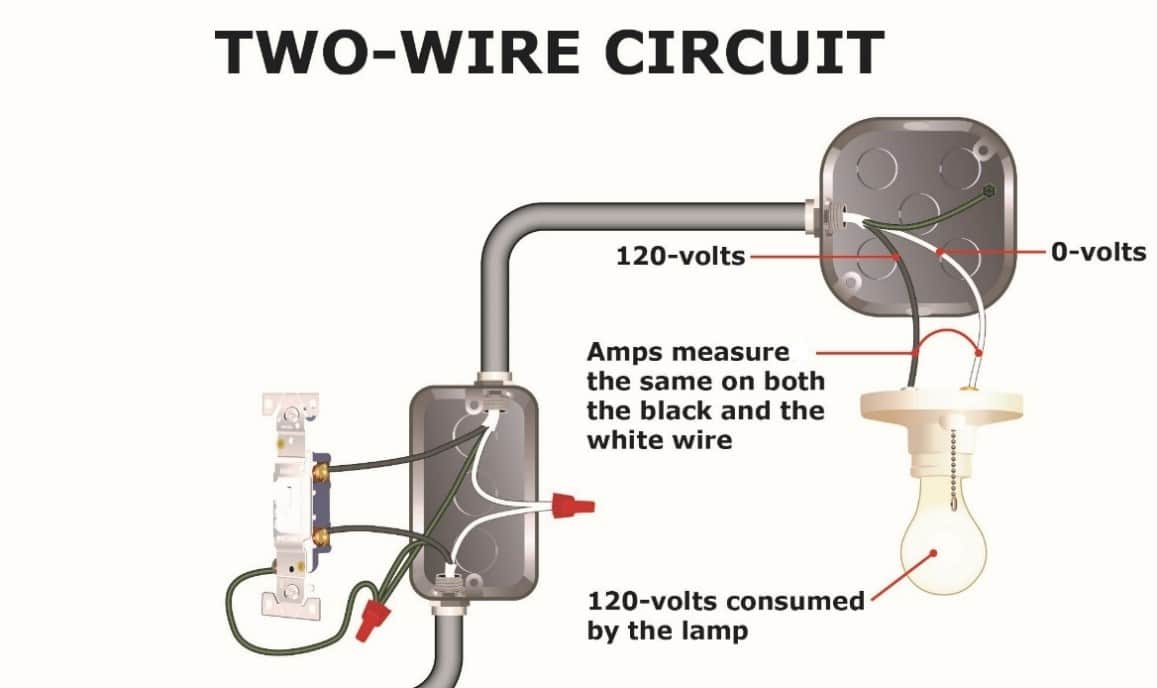
Aug 05, 2020
If you ask a seasoned electrician how many No. 12 AWG conductors will fit into a 3/4" EMT conduit system, you may get a response such as “one more!” While this is amusing (and typically true), there are precautions that must be taken according to the NEC whenever conductors are bundled together in a raceway, cable, or even in a ditch in the earth.

Aug 04, 2020
In today’s electrical construction industry there are so many opportunities available. It is fairly easy to leave a company today and start with a new company tomorrow. A couple of generations ago it was quite common to stay with an employer for a long time and sometimes even your entire career. Depending on your career goals it might be in your best interest to stay or maybe you should go? Let us take a look at a couple examples and you be the judge.

Jun 30, 2020
In this 2020 Code cycle a new Informational Note now accompanies the term Grounded Conductor where it is defined in Article 100. The Note has been added to help electricians identify functional differences between Grounded and Grounding Conductors. In defense of all who have struggled with these terms in the past, both grounded conductors and grounding conductors are in fact grounded. They just have different jobs.
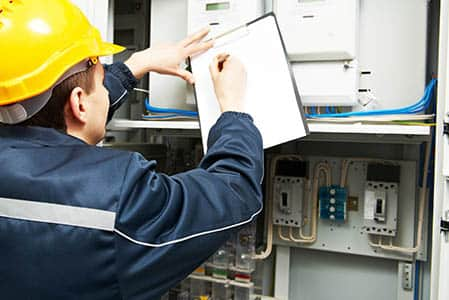
Jun 25, 2020
Every electrician must have a good electrical resume on hand and be ready to share it when the next opportunity presents itself. Your resume must be able to stand out against many others in the usual quick review. As an electrician and as an employer, I can tell you the following layout is very informative and very successful.
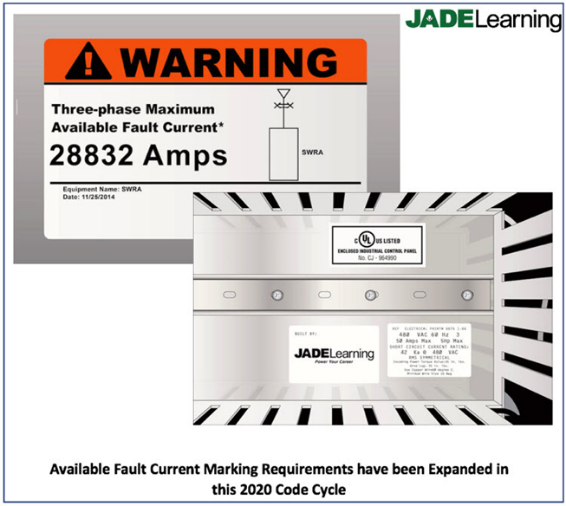
Jun 03, 2020
Section 408.6: A Brand-New Addition to the 2020 NEC. NEC section 408.6 states: Switchboards, Switchgear, and Panelboards shall have a short-circuit current rating (SCCR) not less than the available fault current. In other than one- and two-family dwelling units, the available fault current and the date the calculation was performed shall be field marked on the enclosure at the point of supply. The marking shall comply with 110.21(B)(3). Making NEC 408.6 Simple This new Code Section simply means that electrical panels including main-breaker and main-lug type panels and switchboards & switchgear equipment must be rated (in amps) to withstand the high levels of current that will flow should a short-to-ground or other fault occur at the equipment. In ALL locations other than dwelling units, that anticipated fault current must be marked on the equipment enclosure near where the supply conductors enter in, along with the date that the calculation producing that number was performed. The new Code Section also says the markings on the equipment must comply with 110.21(B)(3). Section 110.21(B)(3) tells us that markings must be sufficiently durable to withstand the environment.

May 05, 2020
The 2020 NEC now recognizes that GFCI protection for mobile and manufactured homes must be equal to that of stick-built and modular type dwellings. Construction Codes, in general, have always been less restrictive for mobile-type dwellings. This may be because mobile homes are often titled with the Motor Vehicle Department, and this type of housing is built, inspected, tested, and listed off-site at a manufacturing plant.
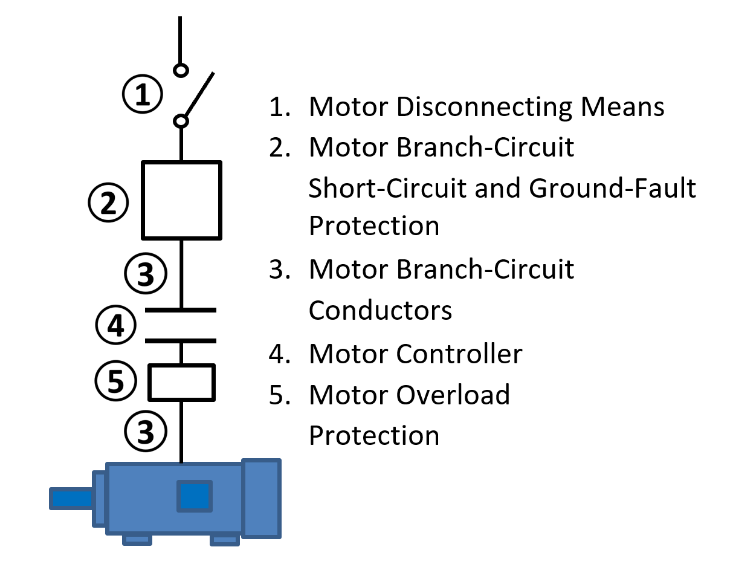
Feb 28, 2020
The primary intent of this discussion is to explain how overcurrent protection devices are determined for single motor branch-circuits. References will be taken from the 2020 National Electrical Code (NEC). These references will apply to general single motor applications for a continuous duty NEMA Design B energy efficient motor, unless otherwise noted.
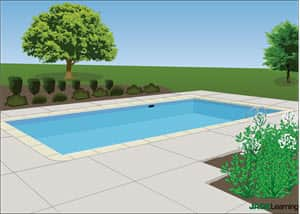
Jan 07, 2020
The 2020 Code Making Panel has introduced a new and unprecedented Code section for this 2020 Code cycle that may prove controversial once time allows this directive to play out. This new requirement found in Section 680.4 of the 2020 NEC allows the Authority Having Jurisdiction (AHJ) to return to a home or business for follow-up inspection(s) even after the swimming pool, fountain, or similar has passed final inspection, and the job is complete.
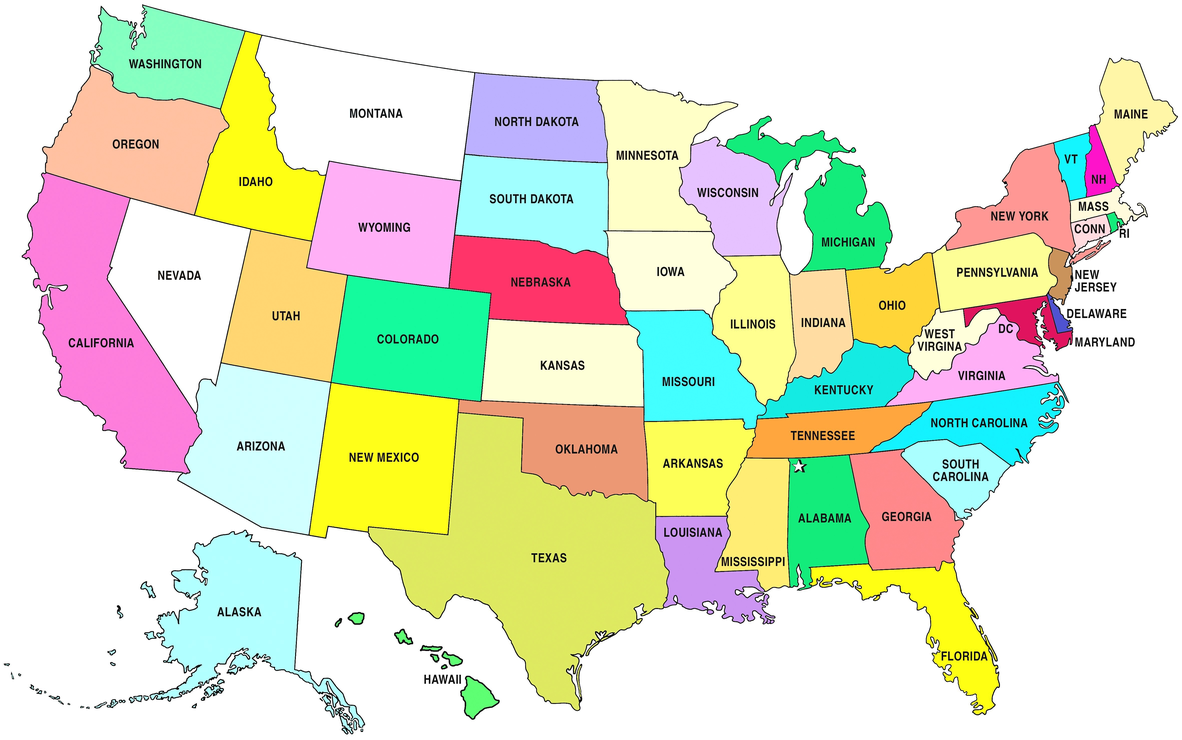
Jan 07, 2020
It seems like we just started using the 2017 National Electrical Code, and now the 2020 version is available. There have been significant changes, accomplished through public comment and hard work by the Code Making Panels and others. What are some of the important changes that will affect installers, electricians, and AHJ’s? We are eager to know what has been changed. Just as importantly, when can we reasonably expect that the new version of the Code will be adopted? Each state must decide when to move to the next edition of the NEC.

Dec 02, 2019
Changes to the 2020 NEC include the addition of several paragraphs in section 430.122. These changes will help the user to determine the correct ampacity for conductors used with power conversion equipment. The Adjustable Speed Drive is one type of power conversion equipment that provides a means of adjusting the speed of an electric motor, 100. A Variable Frequency Drive, VFD, is an adjustable speed drive that controls the speed, the RPM, of a motor by controlling the frequency and voltage supplied to a motor. The changes made in 430.122 Conductors – Minimum Size and Ampacity apply to Adjustable Speed Drive Systems.
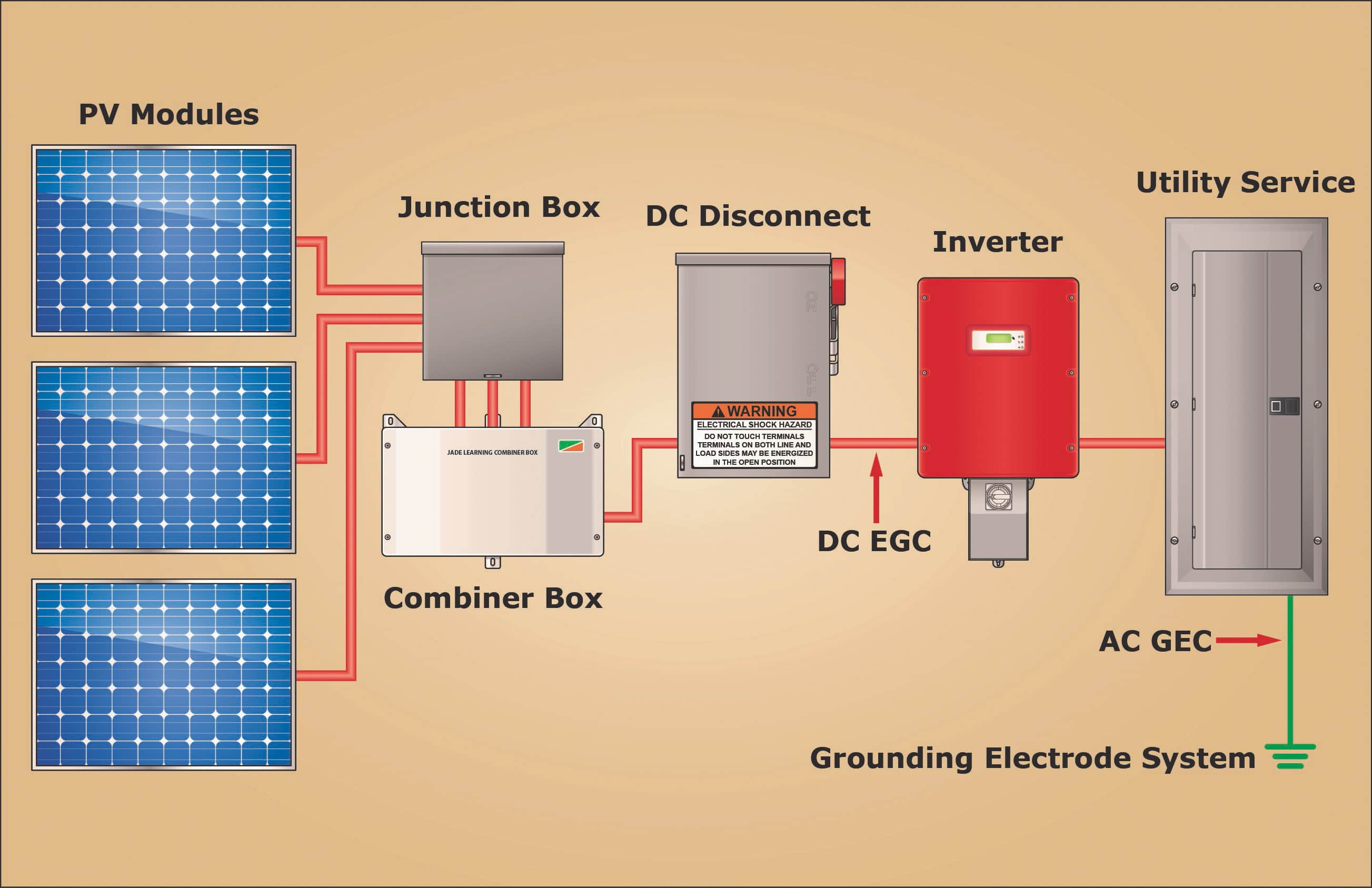
Dec 02, 2019
Section 250.25 is brand new for the 2020 Code cycle. It has been created to establish grounding and bonding rules for add-on disconnects, such as a PV system disconnect acting as that PV system’s service equipment, when the disconnect is attached to conductors on the supply side (meaning before the main cut-off) of the utility service disconnect. Section 230.82 provides electricians with a list of equipment/systems that can legally connect to the conductors on the supply side of an electrical system serving a home or business. The new Section 250.25 outlines grounding and bonding rules for a disconnect serving just such an add-on system.
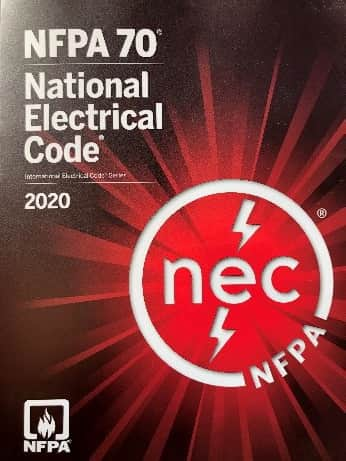
Oct 30, 2019
There will be four new article additions to the 2020 NEC: 1. Article 242 Overvoltage Protection 2. Article 311 Medium Voltage Conductors and Cable 3. Article 337 Type P Cable 4. Article 800 General Requirements for Communications Systems